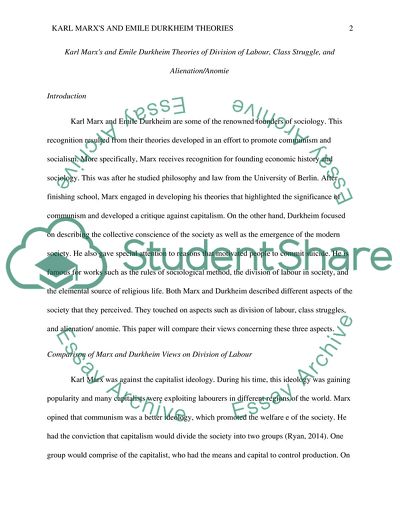Cite this document
(“Critically compare Karl Marx's and Emile Durkheim theories of division Essay”, n.d.)
Retrieved from https://studentshare.org/sociology/1668818-critically-compare-karl-marxs-and-emile-durkheim-theories-of-division-of-labour-class-struggle-and-alienationanomie
Retrieved from https://studentshare.org/sociology/1668818-critically-compare-karl-marxs-and-emile-durkheim-theories-of-division-of-labour-class-struggle-and-alienationanomie
(Critically Compare Karl Marx'S and Emile Durkheim Theories of Division Essay)
https://studentshare.org/sociology/1668818-critically-compare-karl-marxs-and-emile-durkheim-theories-of-division-of-labour-class-struggle-and-alienationanomie.
https://studentshare.org/sociology/1668818-critically-compare-karl-marxs-and-emile-durkheim-theories-of-division-of-labour-class-struggle-and-alienationanomie.
“Critically Compare Karl Marx'S and Emile Durkheim Theories of Division Essay”, n.d. https://studentshare.org/sociology/1668818-critically-compare-karl-marxs-and-emile-durkheim-theories-of-division-of-labour-class-struggle-and-alienationanomie.


